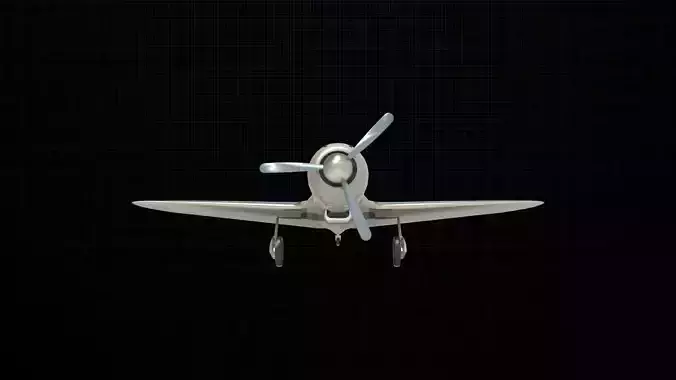1/20
The Lavochkin La-5 (Лавочкин Ла-5) was a Soviet fighter aircraft of World War II. It was a development and refinement of the LaGG-3, replacing the earlier model's inline engine with the much more powerful Shvetsov ASh-82 radial engine. During its time in service, it was one of the Soviet Air Force's most capable types of warplane, able to fight German designs on an equal footing. The La-5 descended from the LaGG-1 and LaGG-3, aircraft designed by Vladimir Gorbunov before the Second World War. The LaGG-1 was underpowered, and the LaGG-3 - with a lighter airframe and a stronger engine did not solve the problem. By early 1942, the LaGG-3's shortcomings led to Lavochkin falling out of Joseph Stalin's favour, and LaGG-3 factories converting to Yakovlev Yak-1 and Yak-7 production.
During the winter of 1941–1942, Lavochkin worked unofficially to improve the LaGG-3. Design work was conducted in a small hut beside an airfield. In early 1942, Gorbunov replaced a LaGG-3's inline engine with the stronger Shvetsov ASh-82 radial engine. The nose was replaced with the nose of the ASh-82-powered Sukhoi Su-2. The new engine required work to maintain the aircraft's balance. The prototype first flew in March, and demonstrated surprisingly acceptable performance; air force test pilots considered it to be superior to the Yak-7, and intensive flight tests began in April. The aircraft was named LaG-5; the change from LaGG was because Mikhail Gudkov, one of the original LaGG designers, was no longer with the programme. By July, it was called La-5, although Gorbunov was still involved.
By July, the La-5 was ordered into full production, including the conversion of incomplete LaGG-3 airframes. Production based on the prototype began almost immediately in factories in Moscow and the Yaroslav region. Changes to the main production model included slats to improve all-round performance. The La-5 was inferior to the best German fighters at higher altitudes, but equal at lower altitudes; it was suitable for air combat over the Eastern Front which typically took place at altitudes under 5,000 m (16,404 ft).
The aircraft received further modifications. The La-5F improved the pilot's exterior visibility with a cut down rear fuselage. The definitive La-5FN had a fuel-injected engine, a different engine air intake, and was further lightened. A full circle turn took 18–19 seconds. Very late-production La-5FN had two 20mm Berezin B-20 cannon installed in the cowling in place of the heavier two 20mm ShVAK; both were capable of a salvo weight of 3.4 kg/s.
9,920 La-5s of all variants were built, including dedicated trainer versions, designated La-5UTI.
The La-5 was the basis for the further improved Lavochkin La-7.
A number of La-5s continued in the service of Eastern Bloc nations after the end of the war, including Czechoslovakia.
REVIEWS & COMMENTS
accuracy, and usability.




















